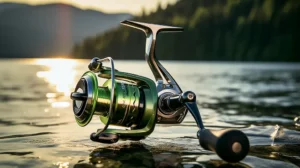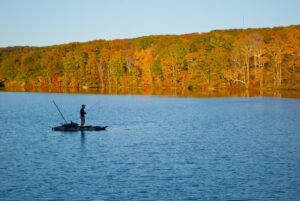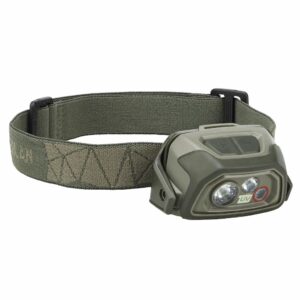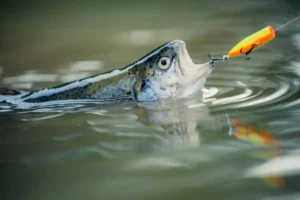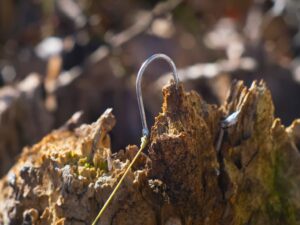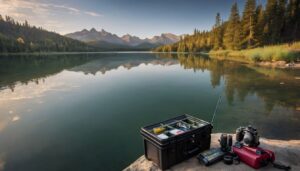Beginner’s Guide to Fishing: Essential Basics to Know
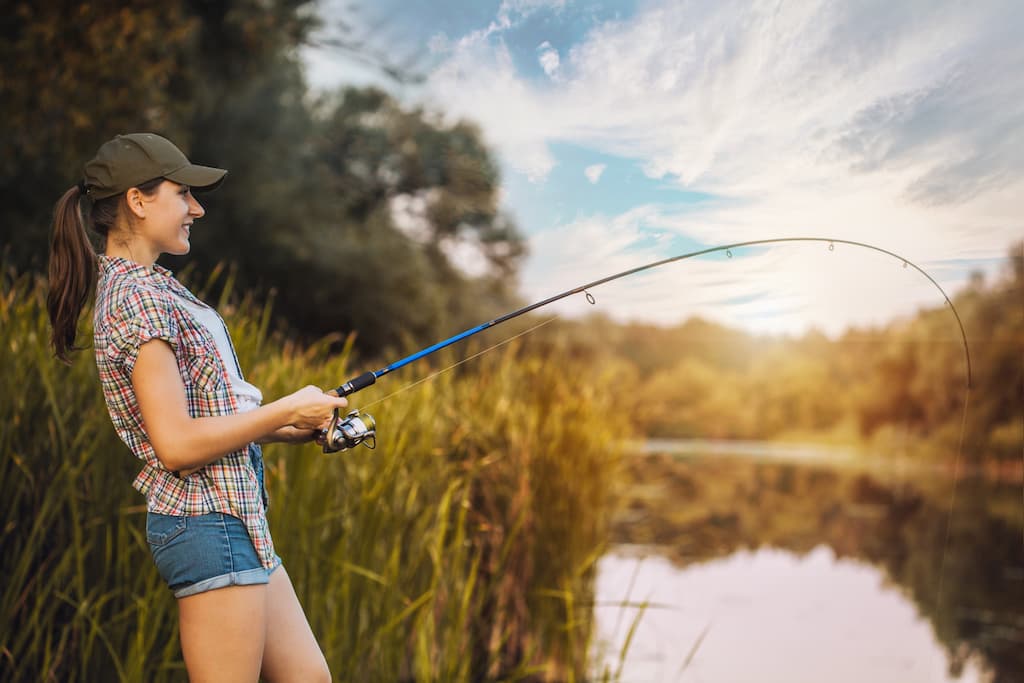
Fishing is a popular pastime enjoyed by many, offering a relaxing and fulfilling way to connect with nature.
If you’re a beginner looking to get started in the world of fishing, this guide will provide you with the essential knowledge you need to begin your angling journey. From choosing the right equipment to mastering basic techniques, we’ll cover everything you need to know to become a proficient angler.
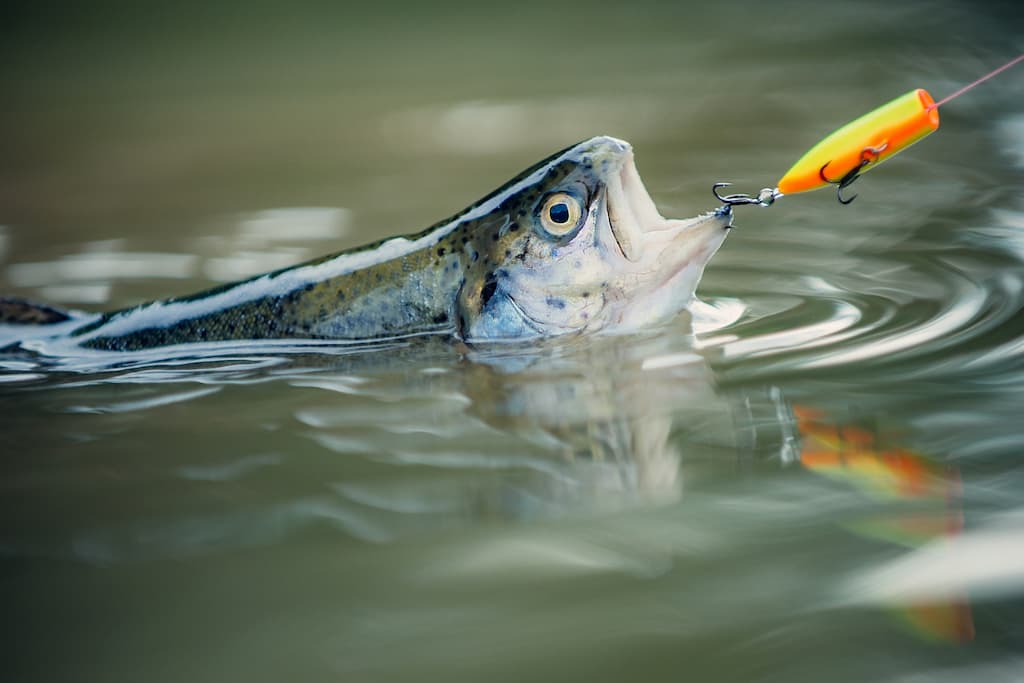
Introduction
Before diving into the intricacies of fishing, it’s important to understand the fundamental aspects that make this activity enjoyable. Fishing allows you to immerse yourself in nature, escape the hustle and bustle of everyday life, and challenge yourself to catch fish. Whether you prefer freshwater or saltwater fishing, each environment presents its own unique set of challenges and rewards.
Choosing the Right Fishing Equipment
- Selecting the Right Fishing Rod
The fishing rod is the most crucial tool in your fishing arsenal. Choose a rod that matches the type of fishing you intend to do, considering factors such as length, power, and action. Longer rods are suitable for casting greater distances, while shorter rods offer more control in tight spaces. Additionally, the power of the rod determines its strength and flexibility, and the action refers to how much the rod bends when pressure is applied. - Understanding Fishing Lines and Reels
Fishing lines come in various materials, including monofilament, fluorocarbon, and braided lines. Each has its own advantages and is suited for different fishing scenarios. Reels, on the other hand, allow you to control the line’s release and retrieve. They are available in spinning, baitcasting, and spincasting designs, with each type catering to different angling styles and skill levels. - Choosing Appropriate Fishing Hooks
Fishing hooks come in different sizes, designs, and strengths. Selecting the right hook depends on the target species and the type of bait or lure you plan to use. Remember to match the hook size to the fish you’re targeting to increase your chances of a successful catch. - Exploring Different Types of Baits and Lures
Baits and lures are essential for attracting fish. Live baits, such as worms and minnows, are effective for many species. Artificial lures, such as spoons, jigs, and soft plastics, mimic the movement of prey and can entice fish to bite. Experiment with different baits and lures to find what works best for your fishing style and target species.
Learning Basic Fishing Techniques
- Casting Techniques
Casting is a fundamental skill in fishing. Mastering different casting techniques, such as overhead casting and sidearm casting, will allow you to accurately place your bait or lure in the desired location. Practice your casting in open areas before heading out to the water to improve your accuracy and distance. - Retrieving Techniques
The way you retrieve your bait or lure can make a significant difference in attracting fish. Techniques such as steady retrieve, stop-and-go retrieve, and twitching can imitate the movement of prey and trigger strikes from fish. Experiment with different retrieval techniques to see what entices fish in your fishing spot. - Setting the Hook
Setting the hook is crucial for successfully catching fish. Once you feel a bite or see a tug on your line, swiftly and firmly jerk your rod upward to set the hook. Proper timing and technique are essential to avoid losing your catch. - Playing and Landing Fish
Once you’ve hooked a fish, it’s important to play it carefully to avoid breaking the line or losing the fish. Tire the fish by keeping a steady pressure on the line and reel it in using a smooth and controlled motion. Be patient and avoid rushing the process. When the fish is within reach, use a landing net or carefully lift it out of the water with wet hands to avoid injury.
Understanding Fishing Safety and Etiquette
- Safety Measures
Fishing involves inherent risks, especially when you’re near water. Always wear a personal flotation device (PFD) when fishing from a boat or fishing in areas with deep water. Be aware of your surroundings and avoid slippery or unstable surfaces. It’s also essential to protect yourself from the sun by wearing sunscreen and a hat. - Respecting Fishing Regulations
Fishing regulations help preserve fish populations and protect the ecosystem. Familiarize yourself with the fishing regulations in your area, including bag limits, size restrictions, and fishing seasons. Respect these rules to ensure the sustainability of fish populations for future generations. - Ethical Angling Practices
As anglers, it’s our responsibility to practice ethical fishing. This includes handling fish with care, minimizing harm, and releasing undersized or protected species. Avoid littering and dispose of fishing lines and other waste properly to prevent harm to wildlife.
Exploring Different Fishing Environments
- Freshwater Fishing
Freshwater fishing offers a diverse range of opportunities, from tranquil lakes and ponds to fast-flowing rivers and streams. Each freshwater environment hosts specific fish species, and understanding their habits and habitats can increase your chances of success. Research the target species and their preferred baits and lures for a fruitful fishing experience. - Saltwater Fishing
Saltwater fishing presents a unique set of challenges and rewards. Coastal areas and deep-sea fishing locations offer opportunities to catch a wide variety of saltwater species. Pay attention to tides, currents, and specific saltwater fishing techniques to maximize your chances of landing a big catch. - Fly Fishing
Fly fishing is a specialized angling technique that involves casting a lightweight artificial fly to entice fish. This technique is primarily associated with freshwater environments, such as rivers and streams. Mastering the art of fly casting and understanding insect patterns can lead to exciting fly fishing experiences.
Targeting Popular Fish Species
- Trout Fishing Tips
Trout are one of the most popular freshwater fish species. They are known for their elusive nature and require specific techniques to catch. Understanding their feeding habits, preferred habitats, and effective bait or fly patterns can significantly increase your chances of hooking a trout. - Bass Fishing Tips
Bass fishing is a favorite among anglers due to the fish’s aggressive nature and exciting fights. Whether you’re targeting largemouth bass or smallmouth bass, understanding their behavior, preferred structures, and effective lure presentations can lead to successful bass fishing outings. - Carp Fishing Tips
Carp fishing is popular in many parts of the world, offering a challenge to anglers seeking large and powerful fish. Carp have specific feeding habits and respond well to various baits and rigs. Learn about carp fishing tactics, including baiting strategies and rig setups, to improve your chances of catching carp. - Sea Fishing Tips
Sea fishing encompasses a vast range of species and techniques, from shore fishing to deep-sea angling. Research the target species in your area, familiarize yourself with the required equipment, and learn about sea fishing tactics such as bottom fishing, trolling, and jigging to increase your chances of success.
Maintaining and Caring for Fishing Equipment
- Cleaning and Storage
Properly cleaning and storing your fishing equipment prolongs its lifespan and ensures optimal performance. Rinse your fishing rod, reel, and other gear with fresh water after each use to remove salt, sand, or debris. Store them in a cool and dry place to prevent damage from moisture or extreme temperatures. - Equipment Maintenance
Regular maintenance of your fishing equipment is essential to keep it in top shape. Check your fishing lines for any signs of wear and replace them if necessary. Inspect your fishing rod guides, reel components, and drag system for any damage or corrosion. Lubricate moving parts and tighten loose connections to prevent accidents and improve overall performance.
Tips for Successful Fishing Trips
- Planning and Preparation
Planning your fishing trips ahead of time can greatly enhance your chances of success. Research the fishing spot, target species, and weather conditions. Pack essential items such as extra fishing lines, hooks, sinkers, and a first aid kit. Bring proper clothing, food, and water to ensure a comfortable and enjoyable fishing experience. - Understanding Weather and Water Conditions
Weather and water conditions greatly influence fish behavior and feeding patterns. Pay attention to factors such as temperature, wind direction, and water clarity. Cloud cover, rainfall, and tide movements can also impact fish activity. Adapt your fishing techniques accordingly to optimize your chances of catching fish. - Fishing at the Right Time
Some fish species are more active during specific times of the day or year. Understanding their feeding habits and migration patterns can help you choose the best time to fish. Early morning, late afternoon, and twilight hours are often productive, but it’s important to observe and experiment with different fishing times to find what works best in your fishing spot. - Patience and Persistence
Fishing requires patience and persistence. It’s not uncommon to experience periods of slow fishing, but staying focused and persistent can lead to rewarding catches. Enjoy the process, embrace the tranquility of nature, and celebrate every catch, regardless of size.
Conclusion
With this beginner’s guide to fishing, you now have a solid foundation to embark on your angling journey. Remember to choose the right fishing equipment, learn basic fishing techniques, prioritize safety and ethical practices, and explore different fishing environments. Target popular fish species, maintain your equipment, and implement tips for successful fishing trips. Fishing is not just about catching fish; it’s a holistic experience that allows you to connect with nature and create lasting memories.

